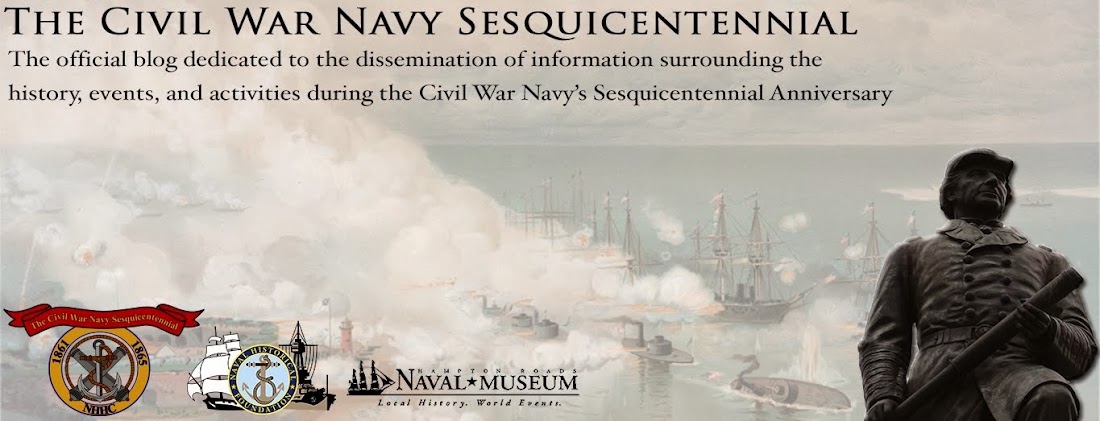Tuesday, September 13, 2011
The U.S. Navy's Ironclad Board-Good Ideas/Bad Ideas
In August 1861, Secretary of the Navy Gideon Welles tasked three veteran naval officers, Commodore Joseph Smith, Commodore Hiram Paulding, and Commander Charles H. Davis, to find the U.S. Navy ironclad warships to counter reported Confederate ironclads already under construction. The three men of the “Ironclad Board” turned to the private sector’s ingenuity to provide a solution. With a public advertisement, the board gave American engineers and inventors twenty-five days to submit their ideas. The ideas had to be backed up with construction data and builder’s plans. By the end of September, the Board received sixteen proposals, some more sound than others.
In the end, the Board recommended three ships-John Ericson’s Monitor, Merrick & Sons’ New Ironsides, and C.S.Bushnell’s Galena. Even these three designs, the Board was not entirely pleased with. Ericson’s and Bushnell’s designs were considered unseaworthy and Merrick’s design was possibly too complex for American ironworks to build. The Board deferred judgment on a design from prolific inventor Edward Renwick. The Board liked Renwick’s design, but at $1.5 million, it would have cost the Board’s entire budget to fund.
As for the other twelve, the Board placed those designs in the “not recommended” category and threw them in the trash. Among this group were two monster ships that each displaced about 15,000 tons, were about 325 feet in length, and drew 25 feet of water (the size of a first generation dreadnought-type battleship); one that was far too small as it only displaced 90-tons; one that was outright fraud as the proposed cost seemed too low and the plans were amateurish; two that had defective armor schemes; and one where the engineer proposed building a “rubberclad” with rubber armor instead of iron.
Subscribe to:
Post Comments (Atom)


No comments:
Post a Comment